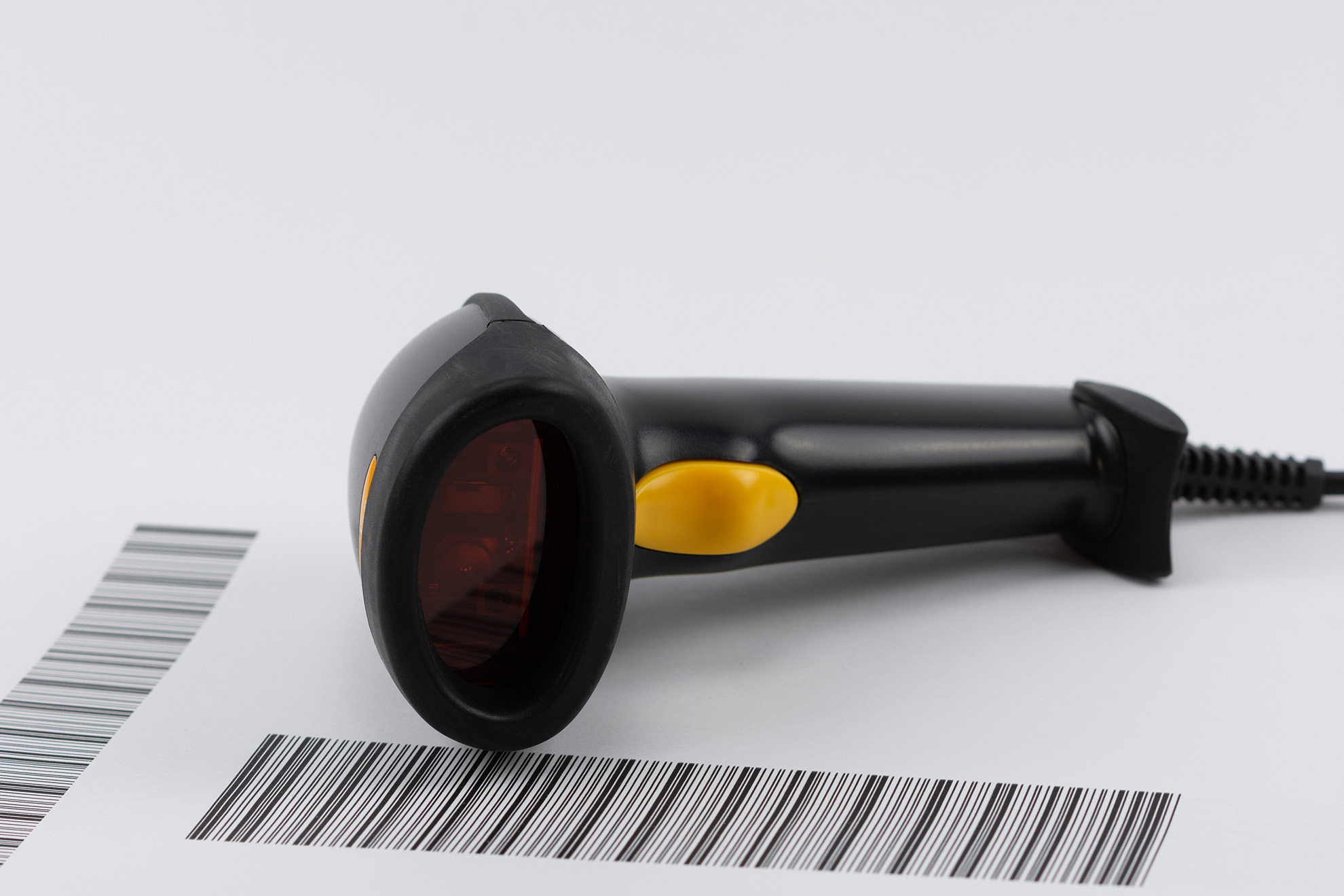Application on electric dense racks

Dense racks, also known as compact racks, are a type of dense storage furniture for archiving. Their usage is no longer limited to the storage of archive materials. Instead, they are increasingly used in courts, procuratorates, banks, large shopping malls, schools, corporate data rooms, sample rooms, and other places that need to store books, archive materials, financial vouchers, and goods. Compared to traditional bookshelves, shelves, and archive cabinets, dense racks are more suitable for today's urban, high-efficiency office environments.
▸ The operation interface should be simple and intuitive, allowing for easy monitoring of the equipment's operation status. It should be able to display relevant information about the current book under automatic conditions (such as the title, number, shelf location, etc.), and dynamically show the current cabinet's opening status.
▸ Manual input of IDs can be cumbersome. To facilitate the storage and retrieval of books, barcodes will be attached to the surface of the books as a way to mark their corresponding ID codes. It is desired that the system supports the use of barcode scanning to input book ID codes for convenient storage operations.
▸ To better record, display, and track the usage of books, it is necessary to record the operation logs for book storage and lending. This should include commonly used parameters such as timestamp, book title, book ID, shelf location, and the borrower.
▸ The touchscreen interface features extensive graphical controls, including support for inserting commonly used image formats such as jpg, bmp, and png. This diversity in graphics allows for dynamic control elements that can be freely moved along with the images, providing real-time display of the cabinet's movement paths and positions. Additionally, the display can show the placement status of items within the cabinet through different colored cabinet icons, providing a clear and intuitive visualization of the equipment's operational status.

▸ The barcode scanner is similar to commonly used USB barcode scanners and features a handheld wireless design for customer convenience. It can be directly connected to the corresponding USB port of the touchscreen display, allowing the touchscreen to read the barcode data through the scanner and store it in the designated address range. No additional settings are required when replacing the barcode scanner; it can be used immediately after insertion.

▸ Within the system, trigger conditions for operational records are set based on user behavior. For instance, when the "storage-in" or "storage-out" buttons are pressed, corresponding action records are generated. The primary contents of these records include operator, operation time, operation object, and other relevant parameters. The touchscreen display features data collection capabilities and supports various types of parameters such as integers, ASCII codes, and Chinese characters. The storage-in and storage-out buttons can be configured as control signals for data collection, and the addresses (e.g., book titles, IDs, operation types) to be collected can be entered into an address table. Collected data can be stored both on the touchscreen display and on a USB flash drive for data storage purposes.
“Support barcode scanner connection”
It basically supports commonly used barcode scanner types in the market. Program configuration can be completed with simple address configuration, and wireless barcode scanner types are also supported.
“Dynamic display of the screen”
The touchscreen features rich graphical controls that can display the movement paths and positions of the cabinets in real-time, providing a clear and intuitive visualization of the device's operational status.
“Collection of parameter operation records”
Using a data collection approach, the system collects parameter content during special operations, supporting the acquisition of multiple types of text-based parameters. The collected data can be stored on both the touchscreen display and a USB flash drive.
HMII display features rich graphical controls and high-quality programming software, making the operation interface more colorful and diverse. It even allows the import of images to complement dynamic positions, enabling real-time visualization of cabinet movement paths and locations. This provides a clear and intuitive display of the device's operational status. The convenient barcode scanner for inventory-in and inventory-out operations makes device usage even more effortless. The operation recording function further clarifies the display and tracking of book usage, facilitating subsequent book operations and maintenance.














